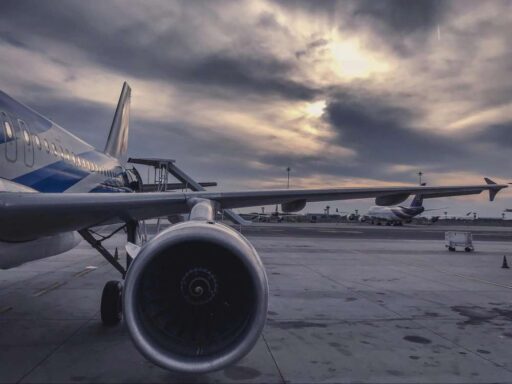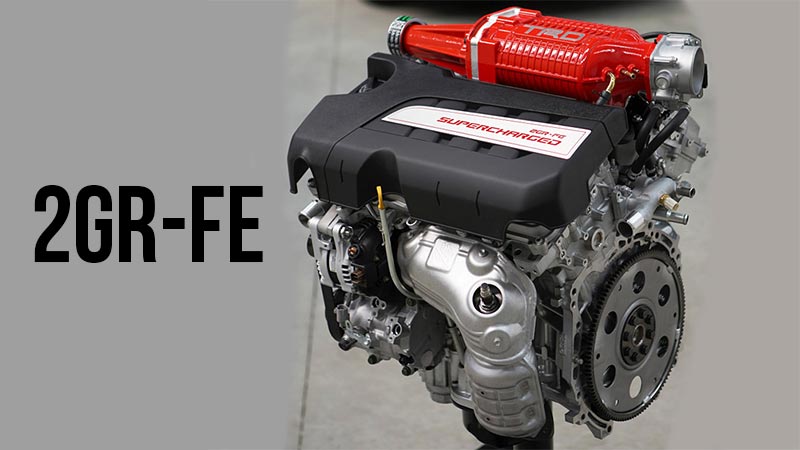Table of Contents
The evolution of aviation technology has not only transformed the way we fly but also how aircraft are tested. With the advent of modern technology, testing methodologies have undergone a significant overhaul, making processes more efficient, accurate, and safe. This blog post delves into the innovative technologies enhancing aircraft testing, offering a glimpse into a future where skies are safer and aviation advancements soar to new heights.
The Rise of Autonomous Testing
As unmanned aerial vehicles (UAVs) grow in popularity for commercial, military, and recreational use, autonomous systems are increasingly employed in the testing phase. These systems can perform pre-programmed maneuvers, collect data, and even adjust parameters mid-flight to test different scenarios. Autonomous testing not only enhances safety by removing pilots from potential danger but also offers a level of precision and repeatability that is difficult to achieve with human pilots.
From Sensors to Big Data: The Role of Telemetry
Modern aircraft are equipped with thousands of sensors, collecting data on everything from engine performance to material stress. This data is fed into sophisticated analysis tools, capable of predicting potential failures before they occur. The ability to process and analyze big data in real time represents a monumental shift in how aircraft testing and maintenance are performed, moving towards predictive rather than reactive strategies. For a deeper understanding of how these processes work, exploring data acquisition can provide further insights into the technology behind gathering and analyzing this vital information.
Augmented Reality: A New Dimension in Aircraft Testing
Augmented reality (AR) is playing an increasingly significant role in aircraft testing and maintenance. Engineers and technicians can now use AR headsets to see digital overlays of aircraft components, wiring diagrams, and airflow patterns. This technology not only aids in understanding complex systems but also guides maintenance tasks, reducing the risk of errors and improving overall efficiency.
Integration of IoT in Aircraft Testing
The Internet of Things (IoT) is revolutionizing aircraft testing by enabling seamless communication between various components and systems. This interconnectedness facilitates a holistic view of aircraft performance and health, allowing for a more coordinated and comprehensive testing approach. By leveraging IoT technology, testing can be more dynamic, adapting to the data received in real time and ensuring that all systems are operating optimally.
The Digital Revolution in Aircraft Testing
Gone are the days when aircraft testing depended solely on physical trials and human observation. Today, digital simulations and computerized models stand at the forefront of testing procedures. These digital twins allow engineers to simulate flights under various conditions, providing invaluable data without risking actual aircraft or lives. This method not only ensures a higher level of safety but also significantly reduces testing time and expenses.
Enhancing Flight Testing Through VR Simulations
Virtual reality (VR) technology is emerging as a powerful tool for flight testing, enabling pilots and engineers to experience and analyze flight conditions and aircraft responses in a controlled virtual environment. VR simulations can replicate complex flight scenarios and emergencies, allowing for safer and more comprehensive testing without the need to leave the ground. This not only enhances the safety and efficiency of testing but also allows for the exploration of flight parameters and conditions that are difficult to replicate in real life.
3D Printing: Prototyping at the Speed of Thought
The utilization of 3D printing technology in aircraft testing is nothing short of revolutionary. With the ability to quickly produce components for testing, engineers can iterate designs rapidly, testing various configurations with ease. This agility speeds up the development process immeasurably and paves the way for innovative aircraft designs previously thought impractical due to the limitations of traditional manufacturing methods.
Advancements in Material Science
The development and integration of new, advanced materials are playing a crucial role in aircraft testing. Innovations such as composite materials and advanced metals not only reduce the weight of aircraft but also improve their durability and efficiency. Testing these materials requires sophisticated techniques that can simulate years of wear and tear within a short period, ensuring that the materials can withstand the rigorous demands of flight over the long term.
Machine Learning and AI in Predictive Maintenance
Machine learning and artificial intelligence (AI) are transforming predictive maintenance within aircraft testing. These technologies can analyze vast amounts of data from sensors and predict when components might fail. This predictive capability allows for maintenance to be performed more efficiently, reducing downtime for aircraft and enhancing safety by preventing failures before they occur.
Conclusion
The synergy between modern technology and aircraft testing is paving the way for unprecedented advancements in aviation. Digital twins, big data analytics, 3D printing, autonomous testing, augmented reality, and IoT integration are not just enhancing current testing methodologies but are also defining the future of aviation safety and efficiency. As these technologies continue to evolve, their potential to transform aircraft testing is limitless, heralding an era where innovation takes flight toward safer, more reliable, and sustainable aviation.





